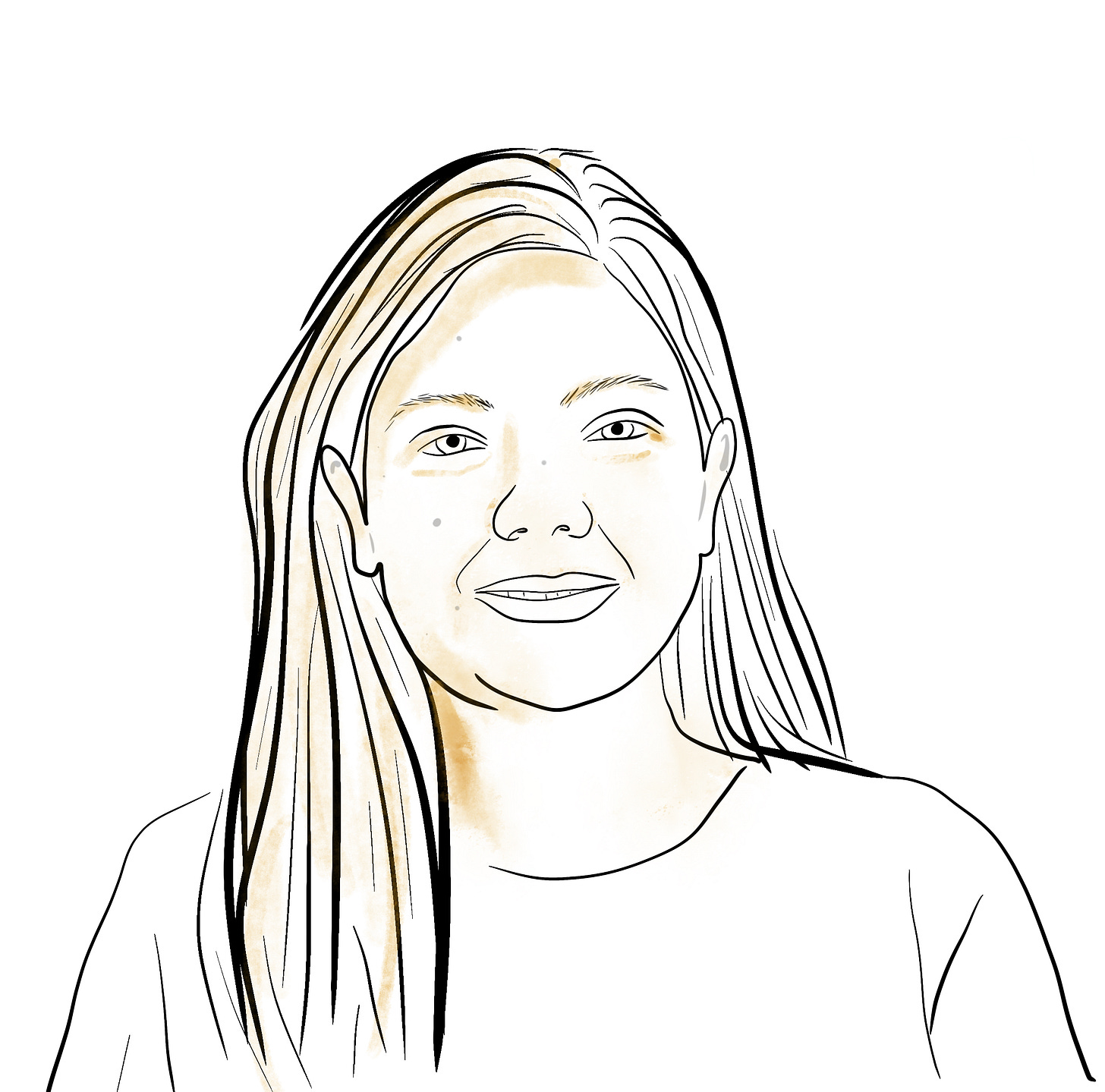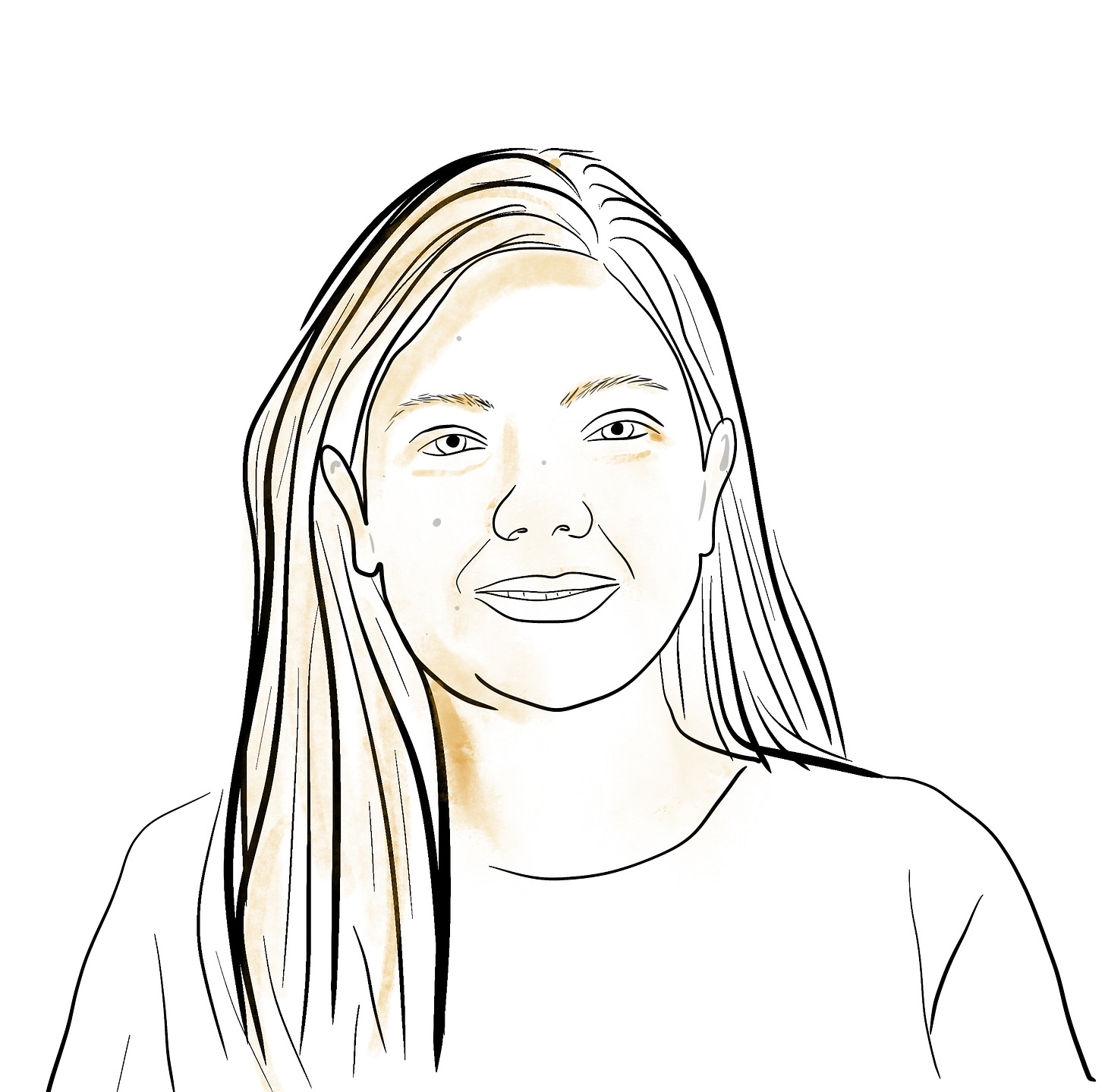Understanding diabetes and unravelling the latest developments in diabetes research
New feature series: “Frontiers of Science”
The fun of being a scientist is that you make cool friends who study cool stuff. Sreya Bhattacharya is definitely one of them. She’s doing her PhD trying to find new therapies to treat diabetes. More on her later. So, besides giving information on “how to (not) become a better patient”, I’ll be featuring cutting edge science projects done by friends and colleagues. Read until the end!
Introduction – what is diabetes?
In this disease the body has difficulty processing sugars. In the human body, sugars are taken up by cells and further processed to produce packets of energy, better known as ATP. ATP is the fuel that keeps different cellular processes running. In short, sugars are an important part of keeping the body running.
Sugar is taken up by cells through the action of a hormone called insulin. Insulin gives the instruction to cells all over your body to take up the sugar. Insulin is made by specific cells (so called beta cells) in the pancreas. In diabetes there’s a buildup of sugar in the blood. The cause of the buildup could be due to various reasons and relate to the type of diabetes.
There are 2 different types of diabetes:
●Type 1 diabetes: around 10% of all diabetes cases. In this type, your own immune system attacks the insulin-producing cells in your pancreas (i.e. the beta cells). As a consequence, the pancreas can’t make enough insulin, eventually leading to a sugar buildup in the blood. Patients with type 1 diabetes need regular insulin injections to keep the blood sugars low.
●Type 2 diabetes: Constitutes around 90% of all diabetes cases. In this type, the insulin is produced… , however the body becomes less sensitive to insulin. The body needs more and more insulin to reduce the blood sugar. Over time, the pancreas can’t keep up and stops making enough insulin to regulate the blood sugars. Patients with type 2 diabetes can take tablets (such as metformin) that increases the cells of the body to become more sensitive to insulin. If metformin can’t control blood sugars, doctors often prescribe medication (such as sulphonylurea derivatives) that pushes the pancreas to produce more insulin. After some time even this medication might not be enough, after which patients need insuline injections to control blood sugars. In the early stages of type 2 diabetes, patients often can still reduce the need for medication by eating healthy, avoiding alcohol and exercising more (in short working on their lifestyle).
The active participant
In this substack I’m trying to make a case for people to take charge of their own health and seeing doctors as ‘healthcare partners’ with whom they need to work together with in order to control their disease, rather than taking advice point blank without thinking about better alternatives. In short be the active participant rather the passive patient.
So if you’ve got diabetes (which is apparently a whopping 1 in 10 adults aged 20–79 years in 2021) or are trying to prevent diabetes (like what the rest of us are trying to do), try to:
· generally understand how the disease works
· Be an expert regarding how your body responds to different foods, exercises and stressors. Patients with diabetes should try to understand what medication to take, including the exact amount of insulin units to inject in different situations (according to the meal and the physical exertion).
· what the risk factors are for developing this disease: For type 2 diabetes this is more clear, it includes factors such as being overweight, being less physically active, older age and being genetically predisposed .
· figure out how lifestyle changes can affect the disease course: a healthy diet and exercise can have a great positive impact. However, consult your doctor how it affects your medication, for example patients who use insulin could be at risk of getting too low blood sugars when they suddenly decide to eat healthier or exercise more.
The passive patient
I regularly come across patients who don’t take their lifestyle and medication seriously. The problem with diabetes is that low and high blood sugars can often have little effect on a person’s complaints (subjective experience). However, in the long-term, chronic blood sugar dysregulation can create many problems in different organs such as: heart disease, chronic kidney disease, nerve damage, and other problems with feet, oral health, vision, hearing, and mental health. Sometimes people need amputations because their blood vessels are too damaged to provide enough blood to their feet. I’ve seen teenagers being in denial of their type 1 diabetes diagnosis. Often, they’re embarrassed to inject insulin at school, or are embarrassed to be the only one who can’t let themselves go with unhealthy snacks or meals. They subsequently experience problems with extremely high blood sugars. These patients shouldn’t be ridiculed or demonized, since diabetes is a horrible and tiring disease, demanding careful attention to medication, diet and exercise. Nevertheless, ignoring the disease doesn’t take away its nasty consequences. As friends, family, fellow-patients or healthcare workers, we’d ought to listen and find ways to understand their situation and stimulate better lifestyle choices.
Passive patients often have one or more of the following characteristics:
· denying they’ve got diabetes
· demanding a doctor solves their problem without taking responsibility of their own health
· not really knowing when and how much anti-diabetic medicine to take
· regularly making excuses to eat their comfort food or not to exercise
Featured diabetes researcher: Sreya Bhattacharya

What is your background?
I studied microbiology during my bachelors. It sparked my interest in biology and therefore I decided to do my masters in biomedical sciences. In the end I chose to study at King’s College in London. I met you in London of course and we stayed friends since then. Eventually I got recruited to the Helmholtz Diabetes Center in Munich.
How did you get interested in your PhD topic?
I was always interested in diabetes. My master’s research was also about this topic. In London, I studied type 1 diabetes. Besides that, I’ve got close relatives who have diabetes. After my master’s I worked in a hospital lab in India investigating kidney complications in patients with diabetes. I studied SGLT2 inhibitors, a common class of new inhibitors that reduces glucose reabsorption in the kidney, enabling patients to pee out glucose, thus lowering there blood sugar levels. It was a really cool project, as I was trying to grow kidney cells from urine samples of diabetes patients. I worked with Dr. Sujoy Ghosh . It was super cool working with him.
What are you currently working on?
I work in a lab that focuses on diabetes and regeneration, specifically of beta cells and islets. My boss published a paper on a novel protein, INCEPTOR, which is a novel inhibitor of the insulin receptor (INSR) and IGF1 receptor (IGF1R) signaling in mouse beta cells. Knocking out this gene in mice caused more secretion of insulin and increased proliferation of beta cells with improved glucose tolerance. So, currently I’m trying to find novel ways to block INCEPTOR, which might be useful in patients with diabetes.
How do you envisage the future of diabetes treatments?
Firstly, lifestyle changes would remain important. The latest therapies are looking at dual therapy and triple agonist therapies specifically targeting the β-cells helping them regenerate. The future for type 1 diabetes might be stem cell replacement of the destroyed β-cells. For type 2 diabetes it’s targeted β-cells therapy to promote β-cell regeneration.
Who inspired you in science?
My earliest inspiration was reading about early female scientists like Marie Curie. There were so few of them and they weren’t getting the recognition they deserved. I felt so angry about how Rosalind Franklin’s contributions were ignored. Those were early inspiration, but now I see so many inspiring female scientists around me. The people who I learn the most from are those who are directly around me doing brilliant things. It’s amazing to see how much they care about their work and how passionate they are.


